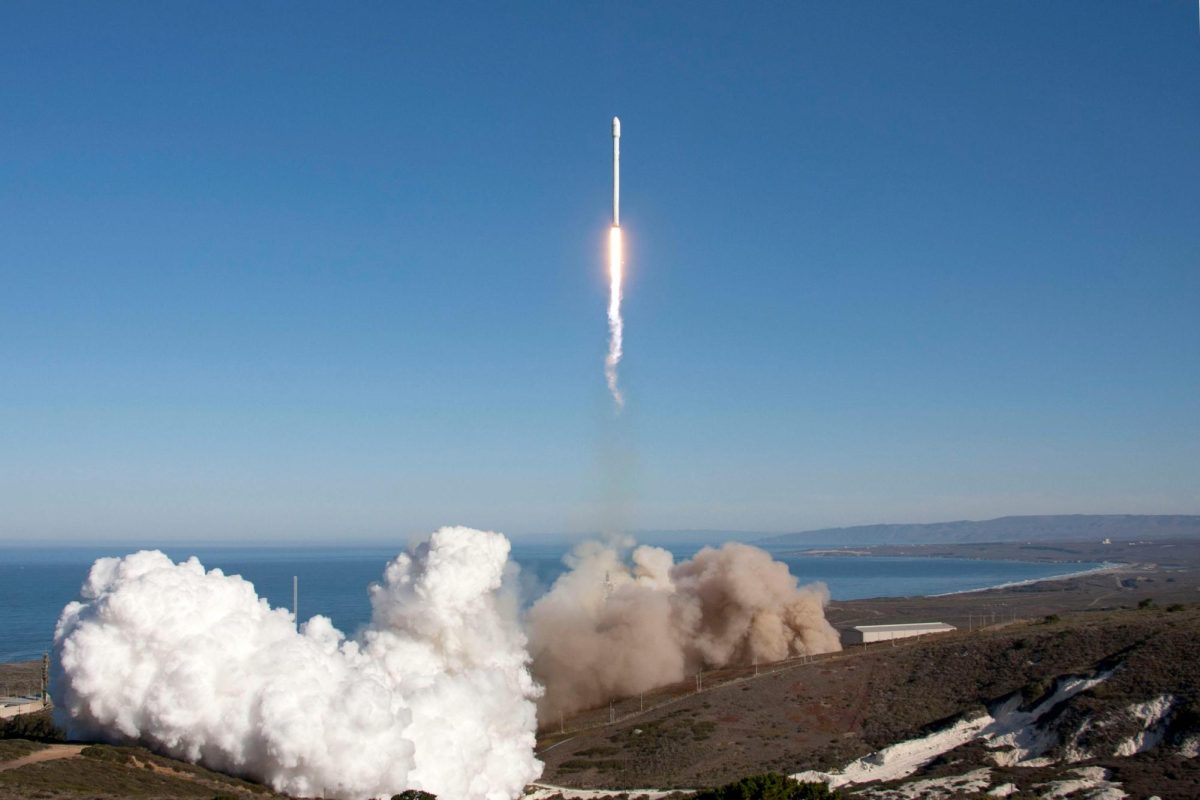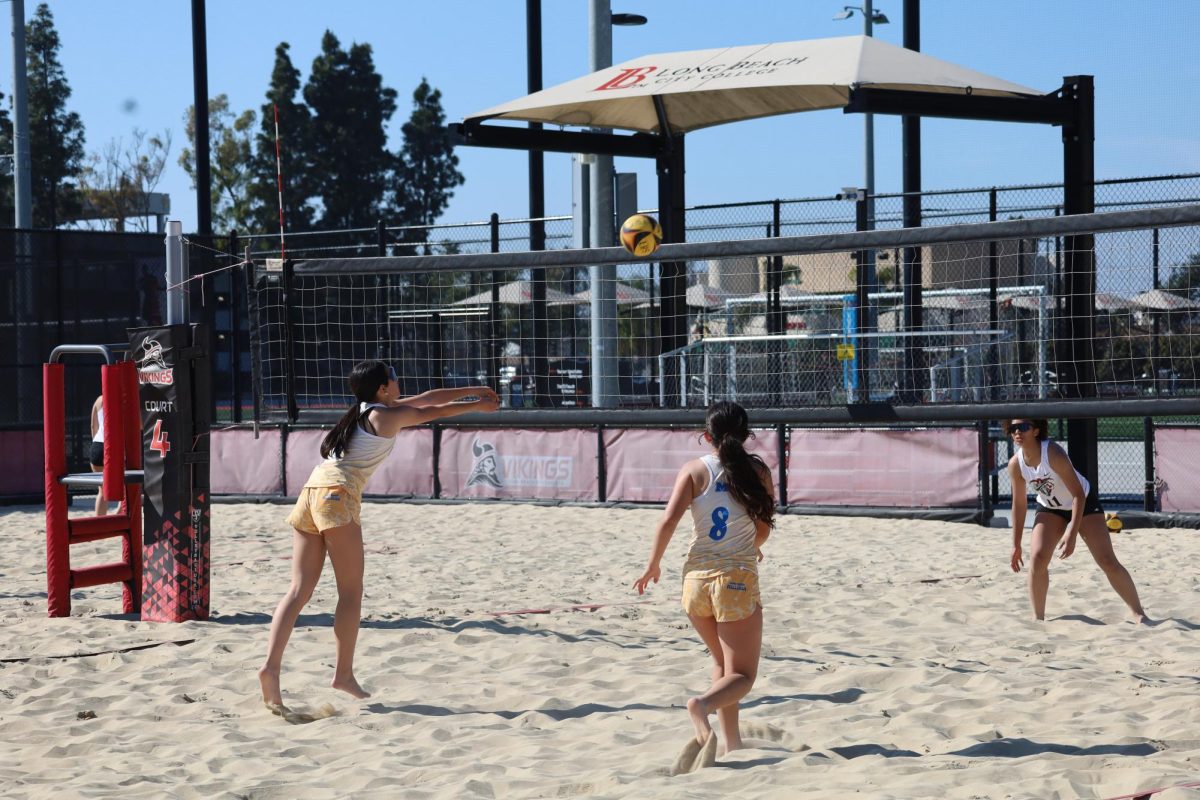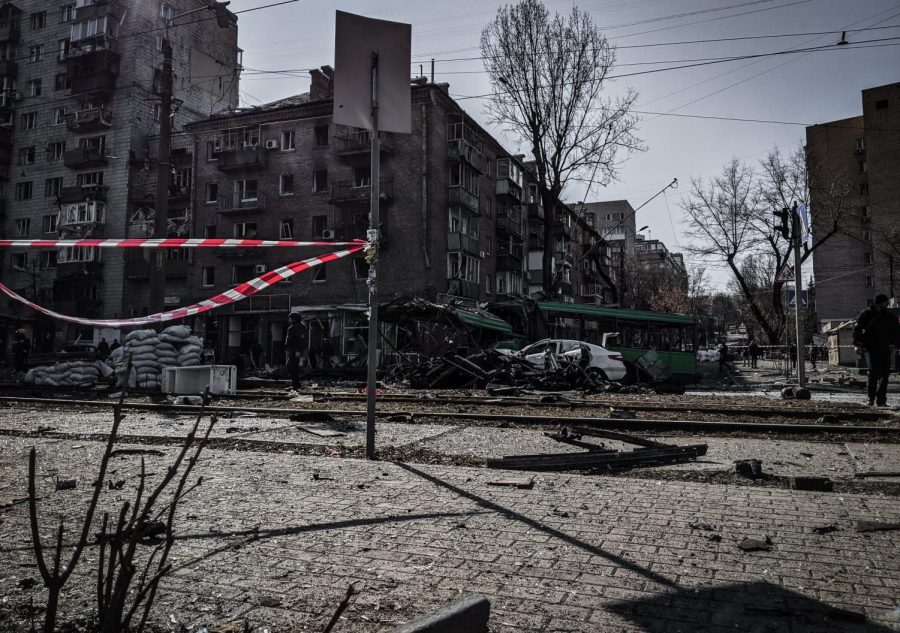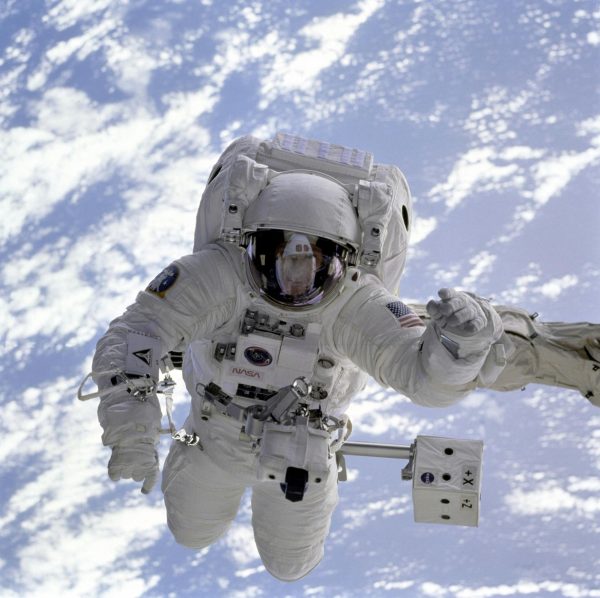Europe’s Status in Russia and Ukraine
June 2, 2022
As the Russian and Ukrainian tensions intensify, Europe faces increasingly more military threats from Russia. The Baltic states and countries of the Western Balkans appear to be at the highest risk of these due to them not being a part of NATO.
One of the biggest possibilities that have been concluded by written sources and interviews are cyber attacks in response to sanctions and the accompanied disruptions in the stock market. “Anything done electronically it’s a concern, it’s been an ongoing problem that is on the rise and people are becoming more aware.” states Mrs. Frost, a government teacher at Millikan. “It causes panic and people begin hoarding, or pulling cash from the ATM.”
Cyber security attacks take a long time to properly prepare for, and disruptions in the market affect the entire country’s population. Those rapid declines in the market cause inflation affecting the prices of everything and the livelihood of many civilians.
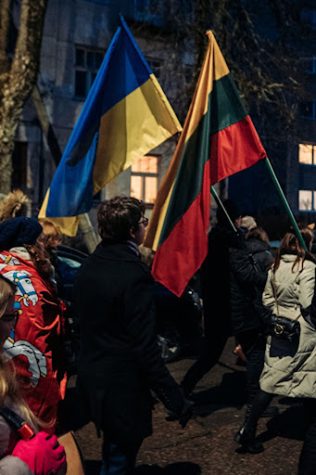
Photo depicting civilians holding flags from Ukraine and Lithuania.
Russia has shown willingness to use violence to achieve its goals, however since most of Europe is part of NATO, Russia is going to the alternative tactics of cyber attacks and information warfare for those countries. Western Balkan countries like Albania or Croacia are part of NATO and more protected, but countries like Serbia and Bosnia are not so they are far more vulnerable to Russia.
Russia has stated that they will comply with different arms control treaties such as Conventional Armed Forces In Europe, or Intermediate-Range Nuclear Forces only as long as it serves its interest.







